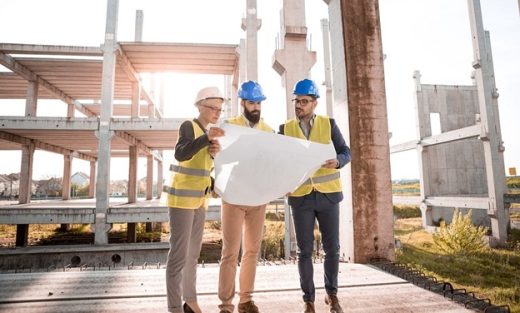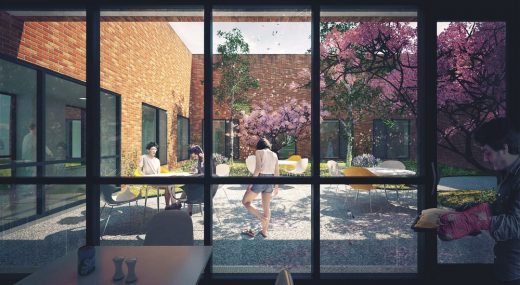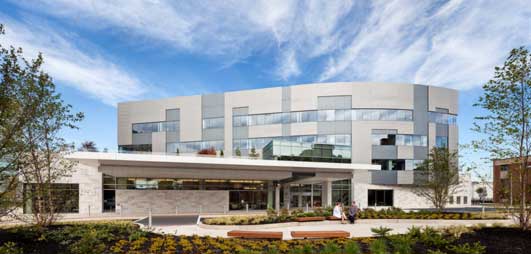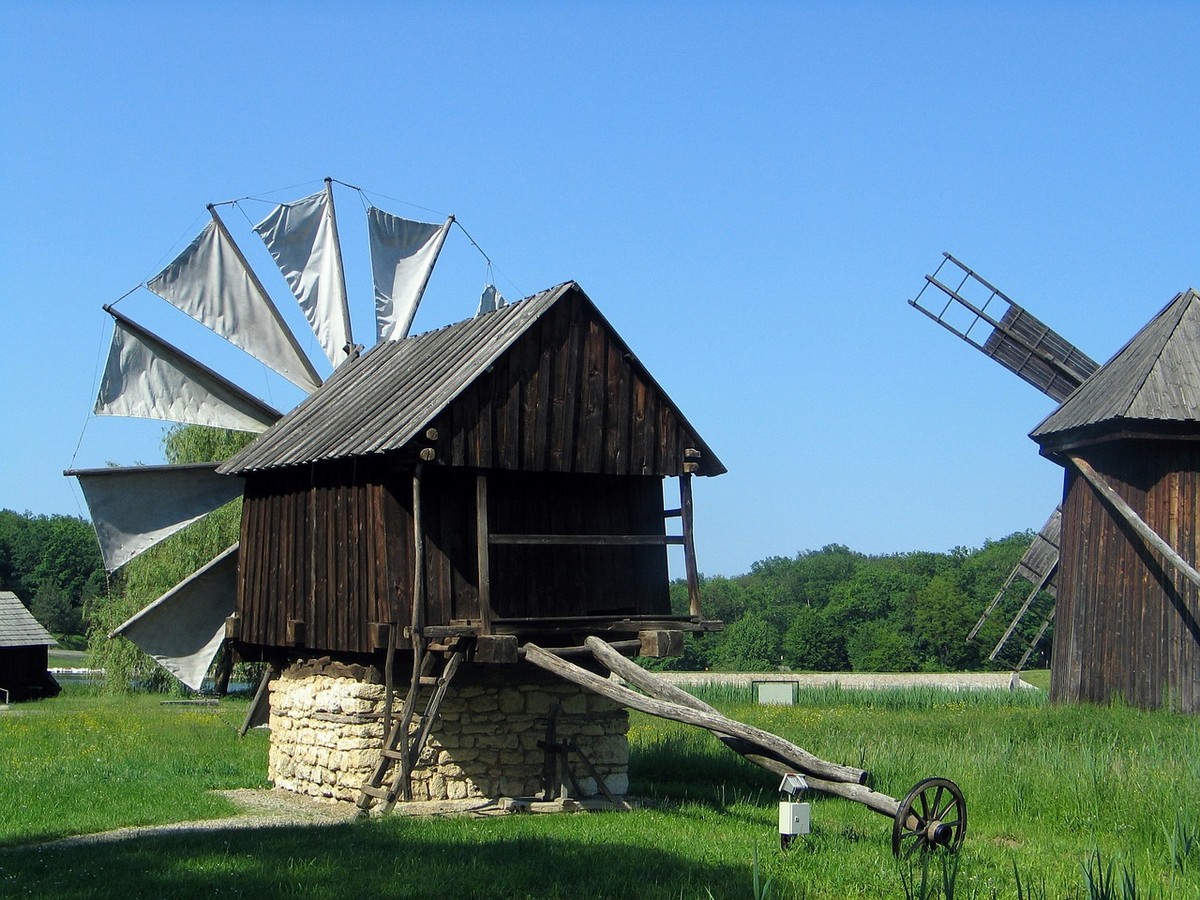Design energy-efficient buildings and save money for your architecture business, Green property tips
Design Energy-Efficient Buildings and Save Money for Your Business
4 Oct 2023
Designing energy-efficient buildings is not only good for the environment, but also for your architecture business. By reducing the energy consumption and emissions of your projects, you can save money, enhance your reputation, and attract more clients who value sustainability.
How to Design Energy-Efficient Buildings and Save Money for Your Architecture Business
According to the UK Green Building Council, the built environment accounts for 40% of the UK’s total carbon footprint. Moreover, the UK government has set a target to achieve net zero greenhouse gas emissions by 2050, which means that all buildings will have to be highly energy-efficient and powered by renewable sources.
Assess Your Current Energy Performance
The first step to design energy-efficient buildings is to assess your current energy performance and find out how much energy you are using and wasting in your projects. You can do this by conducting an energy audit or using online tools that measure your energy usage and efficiency. One of these online tools is British Business Energy, a free platform that allows you to compare business energy prices and switch online.
An energy audit is a systematic process of inspecting, analysing, and reporting the energy flows and consumption of a building or a project. It can help you identify the sources of energy loss, such as poor insulation, air leaks, inefficient lighting, heating, or cooling systems, etc. It can also provide you with recommendations on how to improve your energy performance and reduce your costs.
You can conduct an energy audit yourself or hire a professional auditor who can provide you with a more detailed and accurate report. Alternatively, you can use online tools that can help you estimate your energy usage and efficiency based on some basic information about your project, such as its size, location, type, age, etc. Some examples of these tools are:
- CarbonBuzz: A free online platform that allows you to benchmark your project’s energy performance against similar projects in the UK.
- DesignBuilder: A software tool that allows you to simulate and optimise your project’s energy performance using 3D modelling and analysis.
- SBEM: A software tool that calculates the monthly energy use and carbon dioxide emissions of a building based on its construction, geometry, use, lighting equipment, and HVAC systems.
Once you have assessed your current energy performance, you can identify the areas where you can improve your energy efficiency and reduce your carbon footprint. Some examples of energy-saving measures that you can implement are:
- Improving the insulation and air tightness of your building envelope to reduce heat loss or gain
- Installing double or triple glazed windows to reduce heat transfer and noise
- Using natural ventilation or passive cooling techniques to reduce the need for mechanical cooling
- Using natural daylight or LED lighting to reduce the need for artificial lighting
- Installing solar water heaters or heat pumps to reduce the need for conventional water heating
- Using renewable or low-carbon materials to reduce the embodied energy of your building
Switch to Renewable Energy Sources
Another way to design energy-efficient buildings is to switch to renewable energy sources, such as solar panels, wind turbines, or green tariffs, in your projects. Renewable energy sources are those that are derived from natural resources that are replenished constantly, such as sunlight, wind, water, biomass, etc. They have several advantages over fossil fuels, such as:
- They are cleaner and greener, as they produce little or no greenhouse gas emissions or other pollutants
- They are cheaper and more stable in the long run, as they are not affected by fluctuations in oil or gas prices or supply disruptions
- They are more reliable and resilient, as they can provide power even during blackouts or extreme weather events
There are different renewable energy options available for architecture businesses, depending on their project’s size, location, budget, etc. Some of these options are:
- Solar panels: These are devices that convert sunlight into electricity or heat. They can be installed on roofs or walls of buildings or on ground-mounted systems. They can provide power for lighting, appliances, heating, cooling, etc.
- Wind turbines: These are devices that convert wind into electricity. They can be installed on roofs or walls of buildings or on standalone systems. They can provide power for lighting, appliances, heating, cooling, etc.
- Green tariffs: These are electricity plans that are sourced from renewable energy generators, such as wind farms, solar farms, hydro plants, etc. They can provide power for lighting, appliances, heating, cooling, etc.
The costs and benefits of different renewable energy options vary depending on several factors, such as the initial investment, the installation and maintenance costs, the payback period, the energy savings, the carbon savings, the incentives and subsidies available, etc. Therefore, it is important to compare and analyse these factors before choosing the best renewable energy option for your project.
Some tips on how to choose the best renewable energy supplier or system for your needs are:
- Research the market and compare the prices, quality, and reputation of different renewable energy suppliers or systems
- Check the eligibility and availability of incentives and subsidies from the government or other organisations that can reduce your costs or increase your returns
- Calculate the potential energy savings and carbon savings that you can achieve by switching to renewable energy sources
- Consider the environmental impact and social responsibility of your renewable energy choice
Upgrade Your Equipment and Appliances
A third way to design energy-efficient buildings is to upgrade your equipment and appliances and choose the most energy-efficient models. Outdated or inefficient equipment and appliances can waste a lot of energy and money in your projects, as they consume more power than necessary or have a shorter lifespan.
Some examples of equipment and appliances that can affect your energy performance are:
- Computers and laptops: These are devices that you use for designing, modelling, drafting, communicating, etc. They can consume a lot of power if they are not optimised or switched off when not in use.
- Printers and scanners: These are devices that you use for printing or scanning documents, drawings, plans, etc. They can consume a lot of power if they are not set to low-power mode or switched off when not in use.
- Refrigerators and microwaves: These are devices that you use for storing or heating food or drinks. They can consume a lot of power if they are not maintained properly or used efficiently.
To upgrade your equipment and appliances and choose the most energy-efficient models, you can look for the Energy Star label or the EU energy label. These are labels that indicate the energy efficiency rating of a product based on its energy consumption and performance . The higher the rating, the more energy-efficient the product is.
Some tips on how to maintain and use your equipment and appliances properly to save energy are:
- Clean and service your equipment and appliances regularly to ensure their optimal performance and durability
- Adjust the settings of your equipment and appliances to suit your needs and preferences, such as brightness, volume, temperature, etc
- Unplug or switch off your equipment and appliances when not in use or use power strips with timers or switches to cut off the power supply automatically
- Use your equipment and appliances only when necessary or use them in batches or cycles to reduce their frequency or duration of operation
Use Smart Devices and Software
A fourth way to design energy-efficient buildings is to use smart devices and software to monitor and control your energy usage remotely in your projects. Smart devices and software are those that can connect to the internet or a network and communicate with each other or with a central system. They can help you track and manage your energy consumption and efficiency in real time or over time.
Some examples of smart devices and software that are suitable for architecture businesses are:
- Smart thermostats: These are devices that can adjust the temperature of your heating or cooling system based on your schedule, preferences, weather conditions, occupancy, etc. They can also be controlled remotely via an app or a voice assistant.
- Smart plugs: These are devices that can turn on or off any plugged-in device based on a schedule, a trigger, a command, etc. They can also be controlled remotely via an app or a voice assistant.
- Smart lights: These are devices that can adjust the brightness or colour of your lighting system based on your schedule, preferences, mood, activity, etc. They can also be controlled remotely via an app or a voice assistant.
- Smart sensors: These are devices that can detect various parameters of your environment, such as temperature, humidity, motion, light level, air quality, etc. They can also send alerts or notifications to you or other devices when certain conditions are met.
- Smart apps: These are software tools that can help you monitor and analyse your energy usage and efficiency in your projects. They can also provide you with tips and recommendations on how to save energy.
Comments on this How to Design Energy-Efficient Buildings and Save Money for Your Architecture Business article are welcome.
Energy Efficient Building Design
Energy Efficient Homes Posts – recent selection on e-architect:
Designing and building an energy-efficient home

image source : pixabay.com
Teaching your family how to save energy
Building Solar Panels
Solar Panels Posts
Best solar panel installation services for you
Are Microinverters Right For Your Solar System
Architects getting more involved in solar power design
Sustainable Building Design
Sustainability Posts
Simple changes to make your home more eco-friendly
How to Make a Home more Eco-friendly
Can you have a net-zero house?
Buildings
Architecture
Springfield University Hospital in London, England, UK

image courtesy of architects
MD Anderson Cancer Center at Cooper in Camden, New Jersey, USA

photo : Chris Cooper
Comments / photos for the How to Design Energy-Efficient Buildings and Save Money for Your Architecture Business page welcome.





